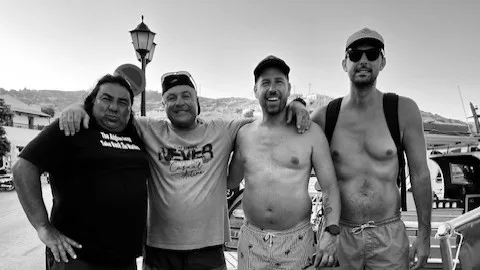By Billy Cotsis
There is something about the freedom of being out on the Aegean. One can visit small islands, more populated islands, deserted beaches or simply go fishing. It is a freedom of tranquillity. I saw it on a postcard once, a postcard of Patmos that I picked up in Athens.
Patmos is a picturesque place where I myself had the freedom to be, riding my bike around Patmos, meeting locals and finding secluded settlements and churches.
Patmos has certainly been a place for the aforementioned freedom. It was also a place for John the Apostle to have his freedom to write and discuss Christianity during the pagan era of Roman times. It should be noted, that unlike the pilgrims and visitors of 2025, John was “transported” to Patmos as a “guest” of the Roman Emperor Domitianus in 95 AD. He was pushing close to 90 years of age. As locals told me, John wrote the Gospel of John, Three Letters of John (1, 2, and 3 John), while the Book of Revelation is attributed as his writing.
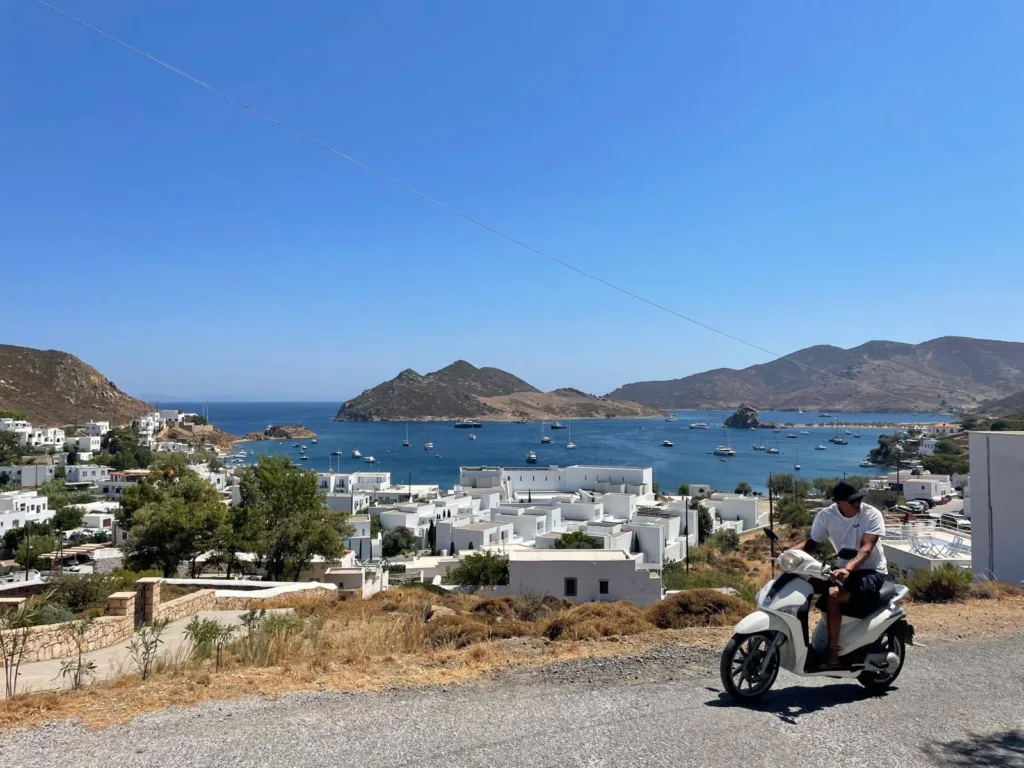
John’s stay on Patmos, just like tourists such as myself, was brief; he was certainly productive. In Chora, the main town that one will find on all the postcards, you will find a monastery dedicated to the Apostle. Riding up from the Aegean Sea settlements, the Monastery and Chora stand out like a beacon, beckoning one to visit and feel a sense of spirituality.
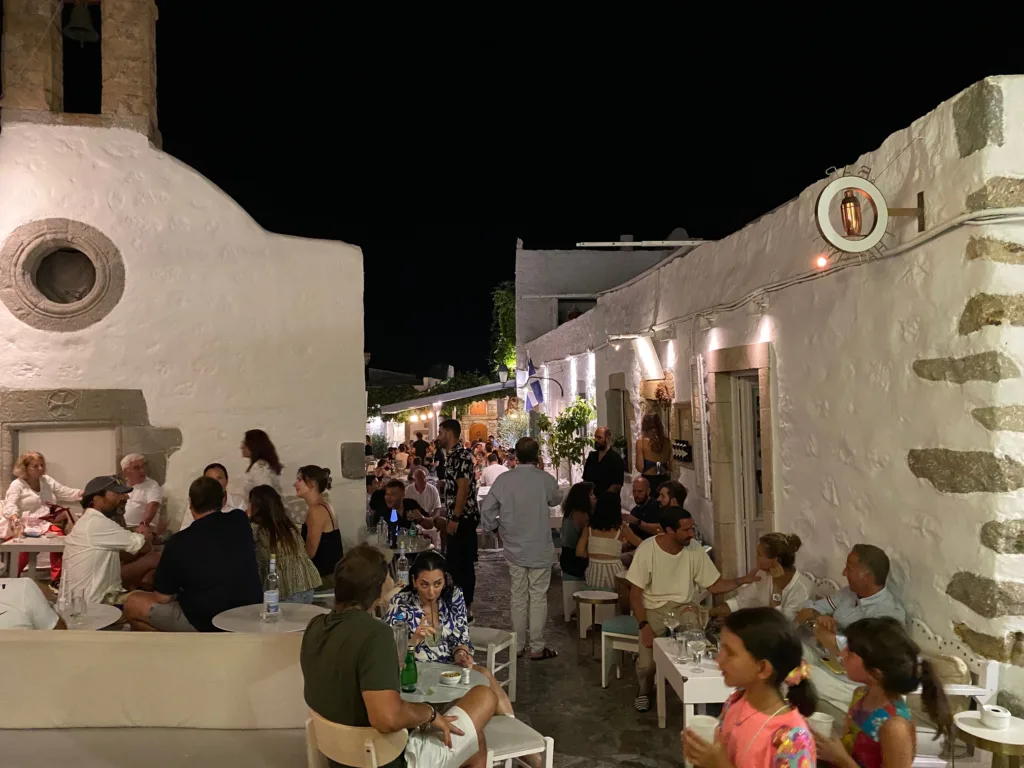
Fun fact, John is also recognised my Muslims, Druze and Mormons, yet in the era of Domitianus, he was persecuted as the Romans carried out significant anti-Christian pogroms.
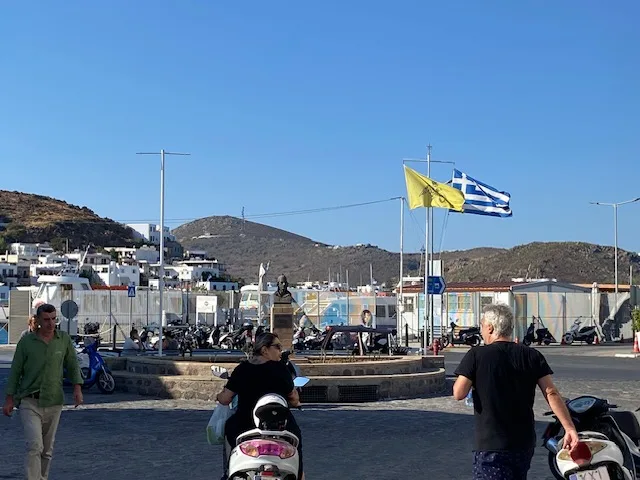
Today, free of Roman biases, any pilgrim and visitor will feel welcome, and before you say “What Have The Romans Ever Done For Us?” it was the Byzantine Greeks who provided a strong flavour that we experience today. Monk Christodoulos Latrinos was assigned Patmos by Emperor Komnenos in the Eleventh Century. The Monk went about fortifying Chora, building the Monastery we see today and other churches and buildings. The main church of the monastery is called the Katholikón which has a domed cross-in-square.
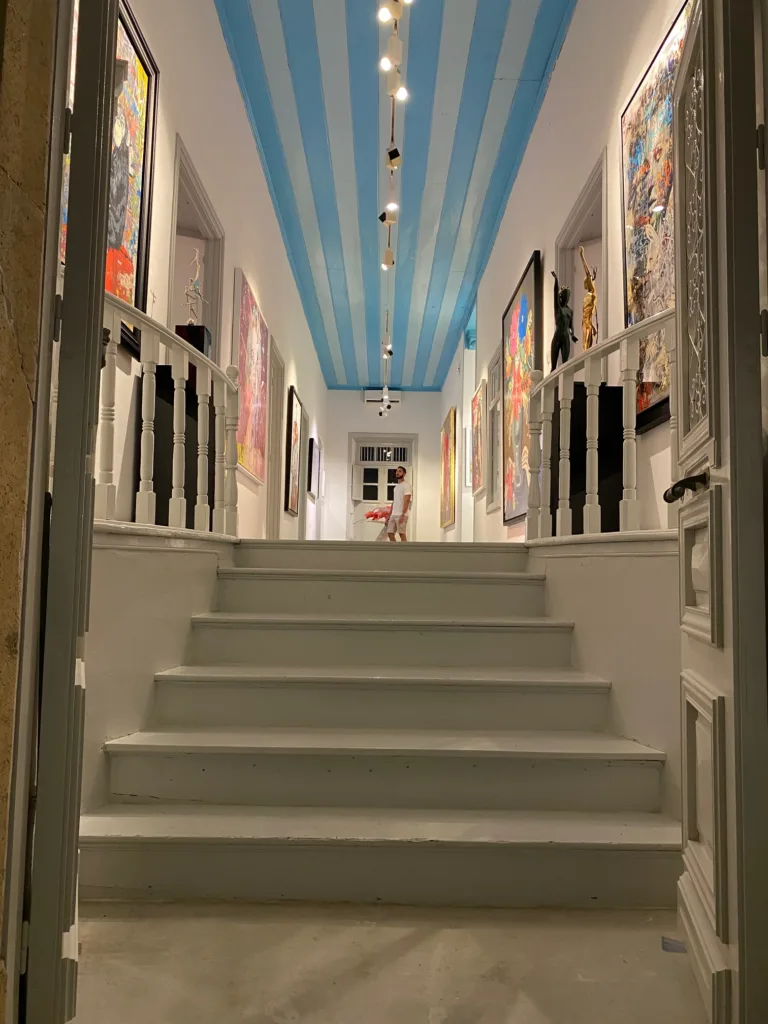
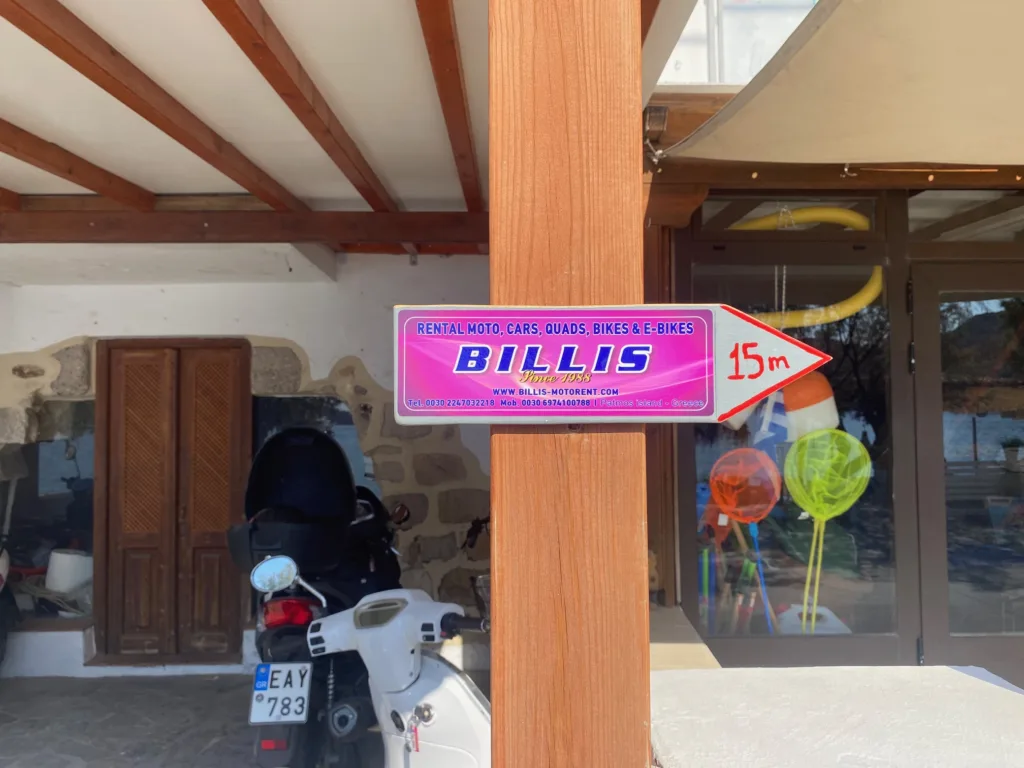
The Monastery houses 330 early Christian manuscripts. For a sense of freedom and spirituality, spend a day or two in Chora. By night it really comes alive as spirituality competes with ouzo, good food, art shops, bookstores and families having a great time. The main square is packed full of bars and eateries.
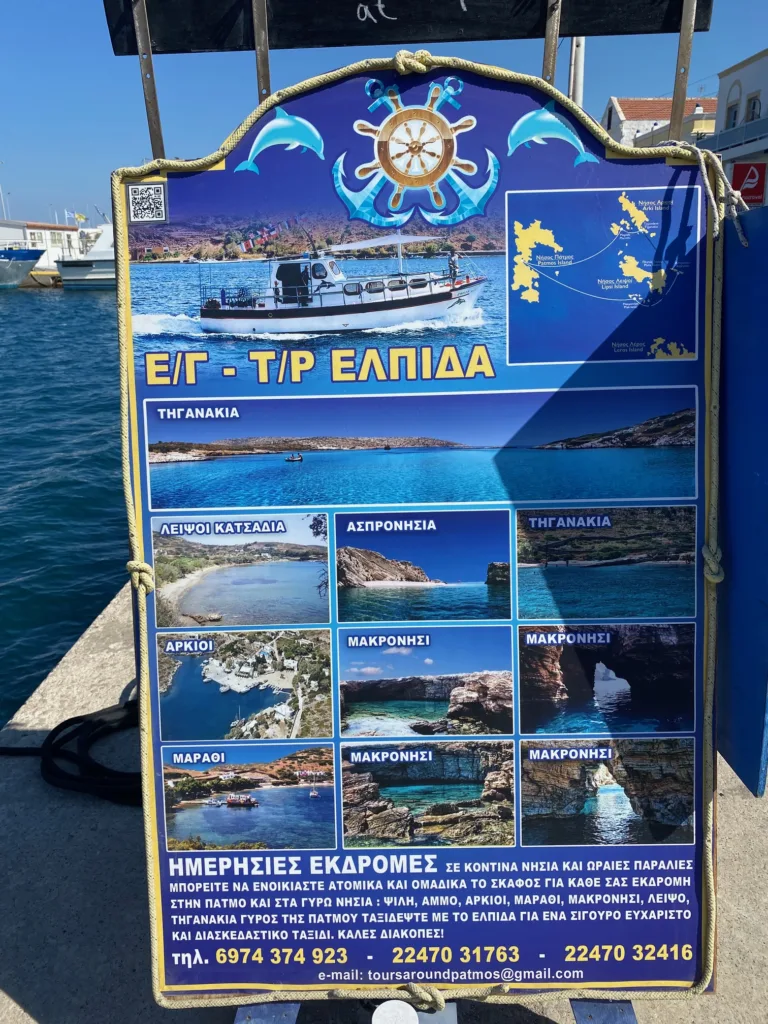
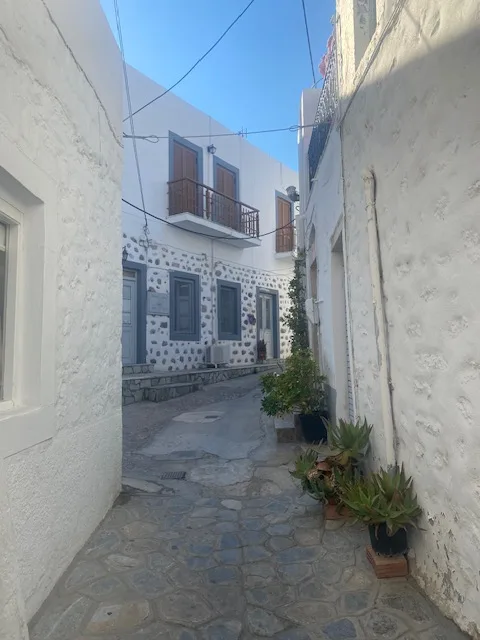
Nearby Chora, one can find the UNESCO World Heritage Cave of the Apocalypse (Σπήλαιο Αποκάλυψης). UNESCO and Greece understood the relevance of this historical site for the Greek Orthodox and deemed it a preservation site in 1999.
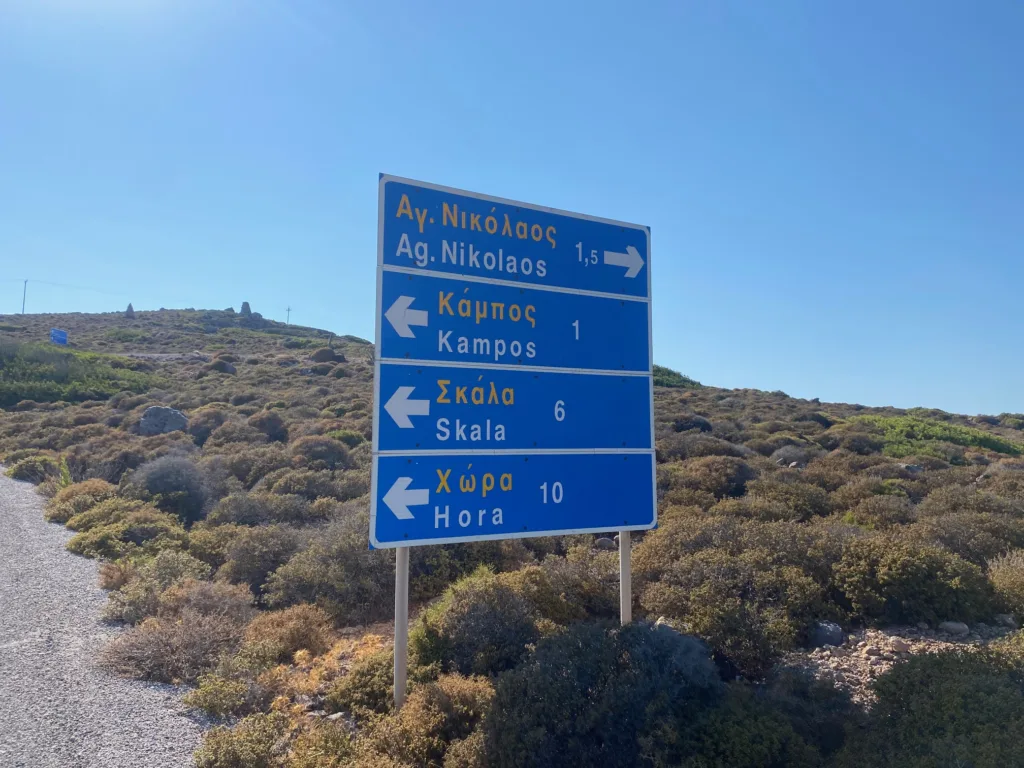
Unlike Leros where I arrived from, there is less influence from the Italian occupation period which, technically, lasted until 1948. They essentially retreated in 1943 as the Nazis took control of the island in a period of forced starvation of Greece by the Allied blockade, which Turkey had been willing to break by sending food by sea to the Greeks. Before the Italians seized the Dodecanese early in the Twentieth Century, Patmos had seen Ottomans, who provided significant tax concessions to the Monastery and island, a short Russian occupation, and a slightly longer Venetian occupation.
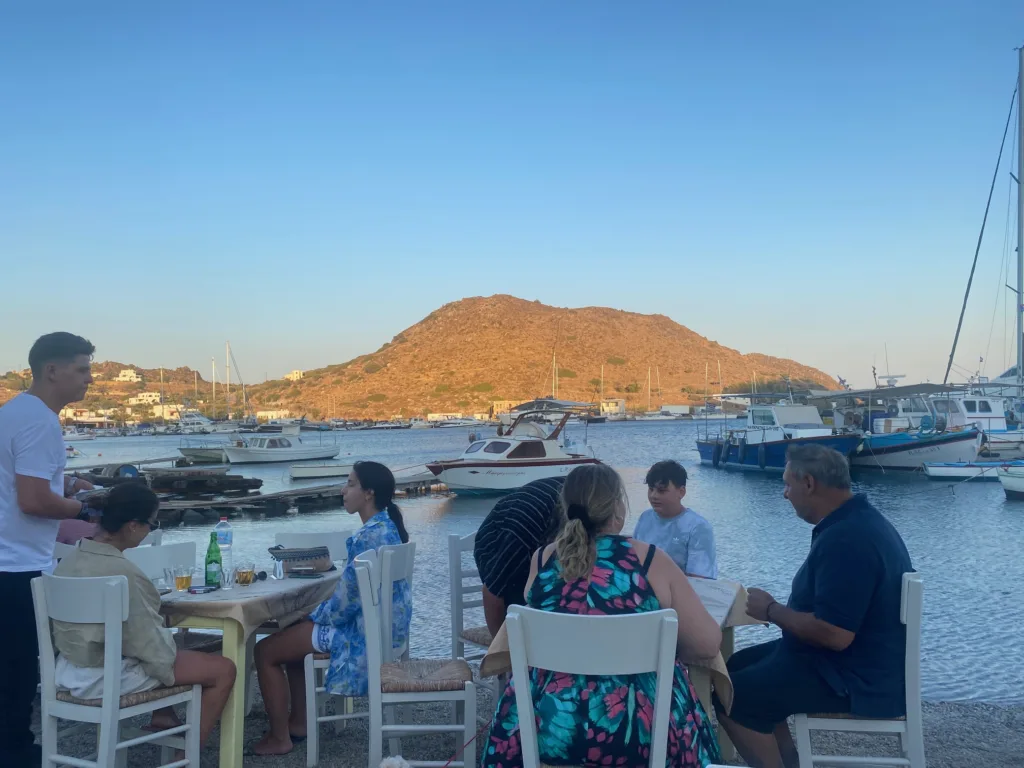
I found my groove on Patmos, taking every opportunity to explore the beautiful coastline, gorge on fresh food in remote places, and I enjoyed exploring the main harbour side town of Skala. Here you will find a maze of hidden gems, live music, art cafes and boat tours for quick getaways.
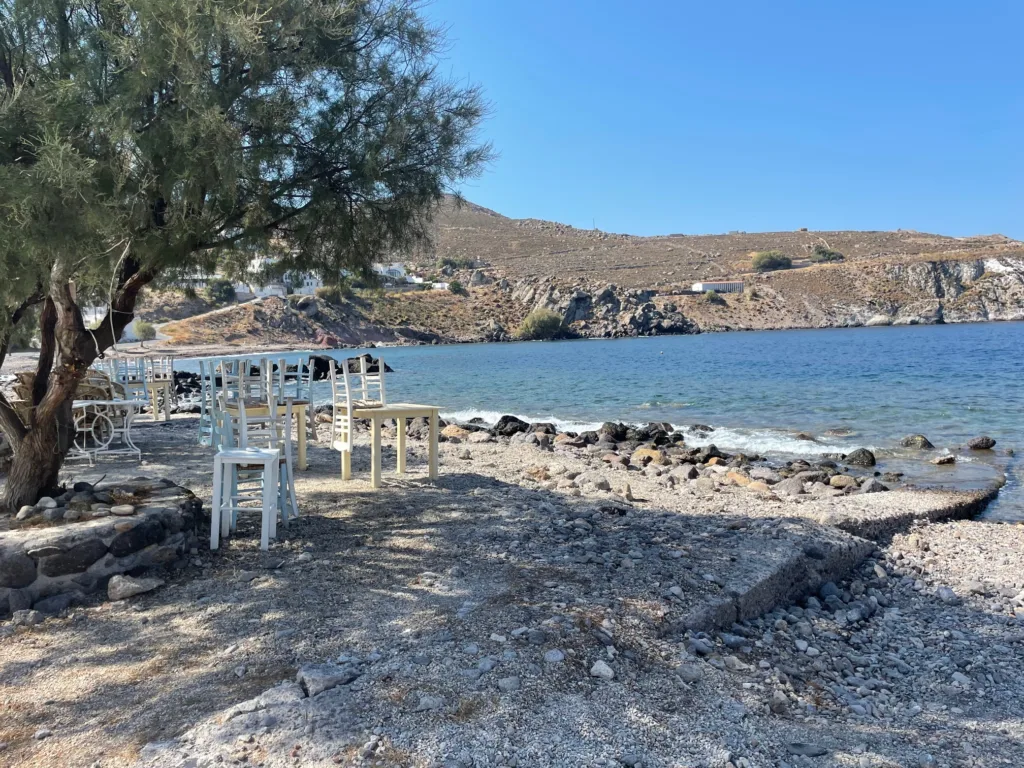
On one such day, I took a boat called Ελπίδα/Hope, where it was party central as the crew led by energetic Captain George, passengers and nearby boats all seemed to party like it was 1999. Maybe they too were excited by that year’s UNESCO decision.
The chance to swim in turquoise water for hours and to see remote settlements and churches was something to cherish. These are true postcard moments, made even more special by Ελπίδα.
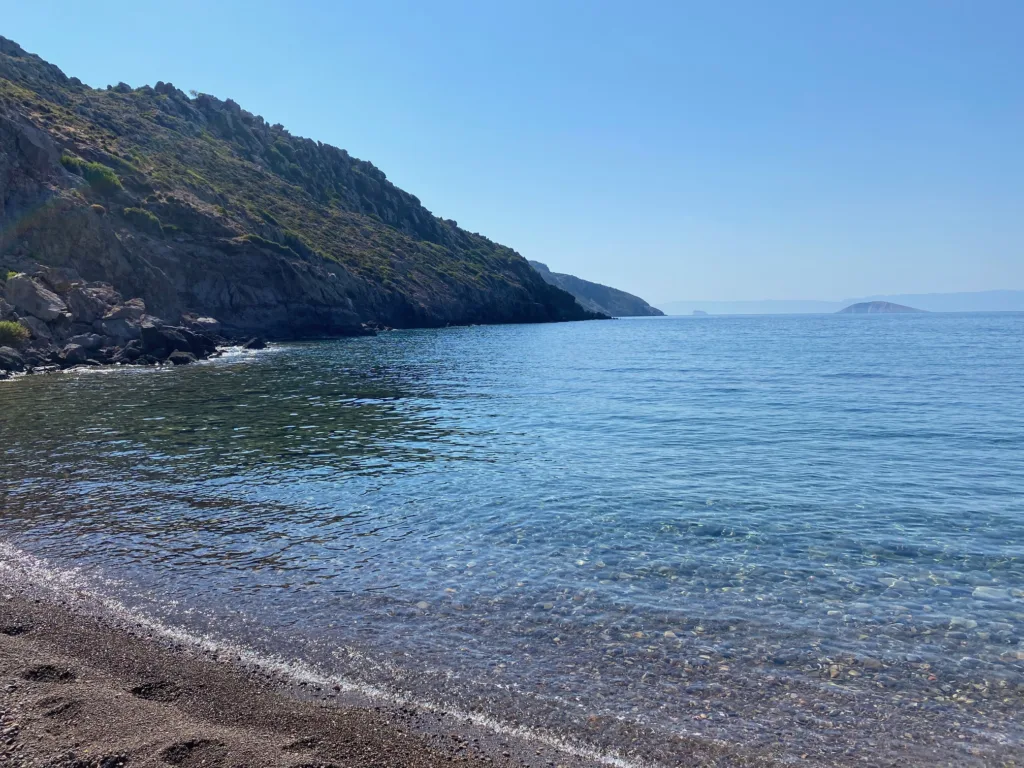
I was able to visit nearby small islands including Marathi, which is inhabited by about ten people. Their paradise, their planet. Their freedom, as the world comes to them, enabling them to live a rural life free of the craziness we read about in the media. This island is the 99th that I have visited.
Meeting a cool group of Greeks who were visiting from the mainland, Patmos’ visitors are mostly Greek speakers.
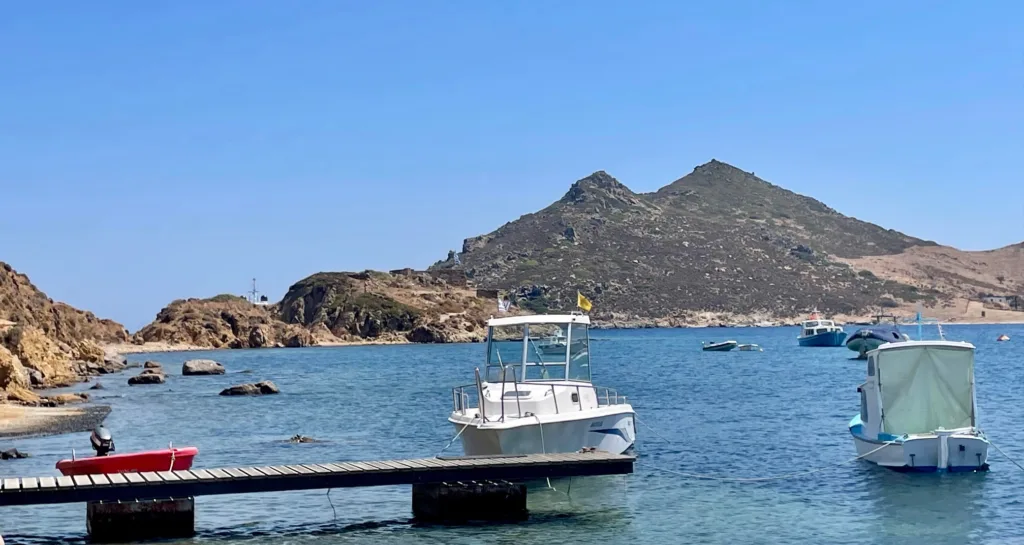
To exemplify the friendliness of the people, I even enjoyed my laundry experiences at EcoLaundry, where the bloke from Athens treated me as a friend, not a customer. The type of service I am used to on Lesvos, my original home, making me an instant fan. If you are ever in the hood, it is a quick drive out of Skala passed the new marina, and you can find nearby cafes, eateries and the sea.
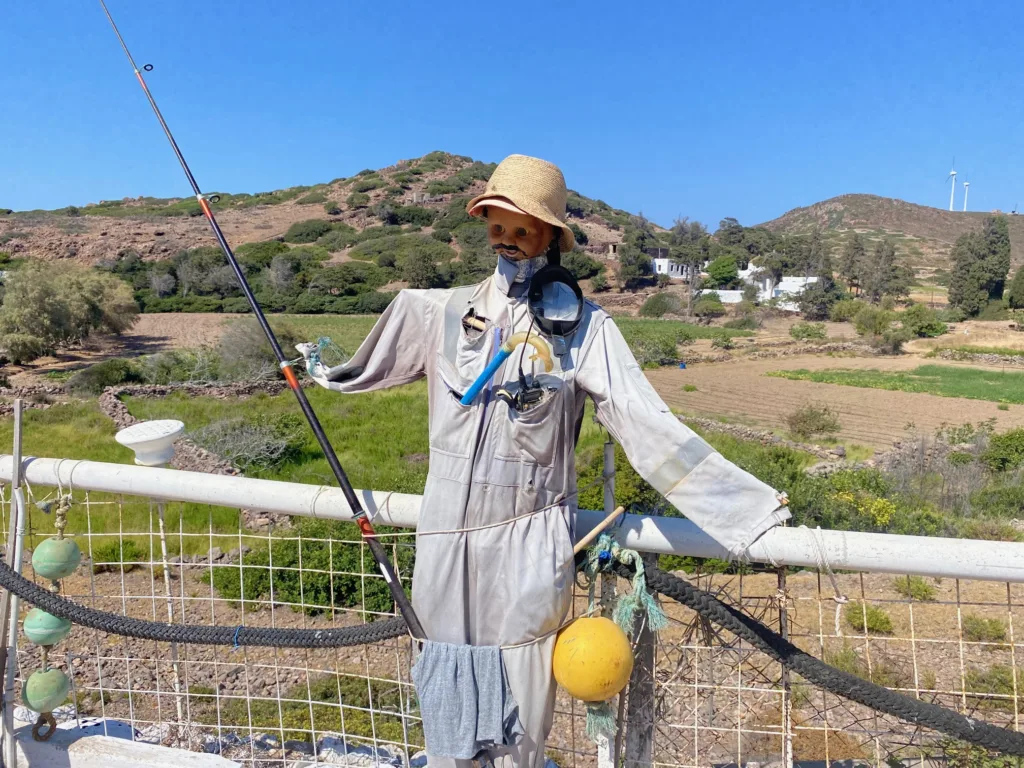
Over the years I was always fascinated by the postcard of Patmos, the monastery with fortifications. I chose not to visit as it had no airport. I finally made it via the airport on nearby Leros and a comfortable boat ride between these two picturesque islands. Patmos with a population of just 3400, has good roads and spread-out settlements. Meaning you will enjoy the breathing space, a rural feel and a plethora of unspoiled beaches.

While it is no longer a place of exile for Christians, it is a place for those of us wanting freedom to be, the freedom to worship, explore and enjoy the postcard that came to life.
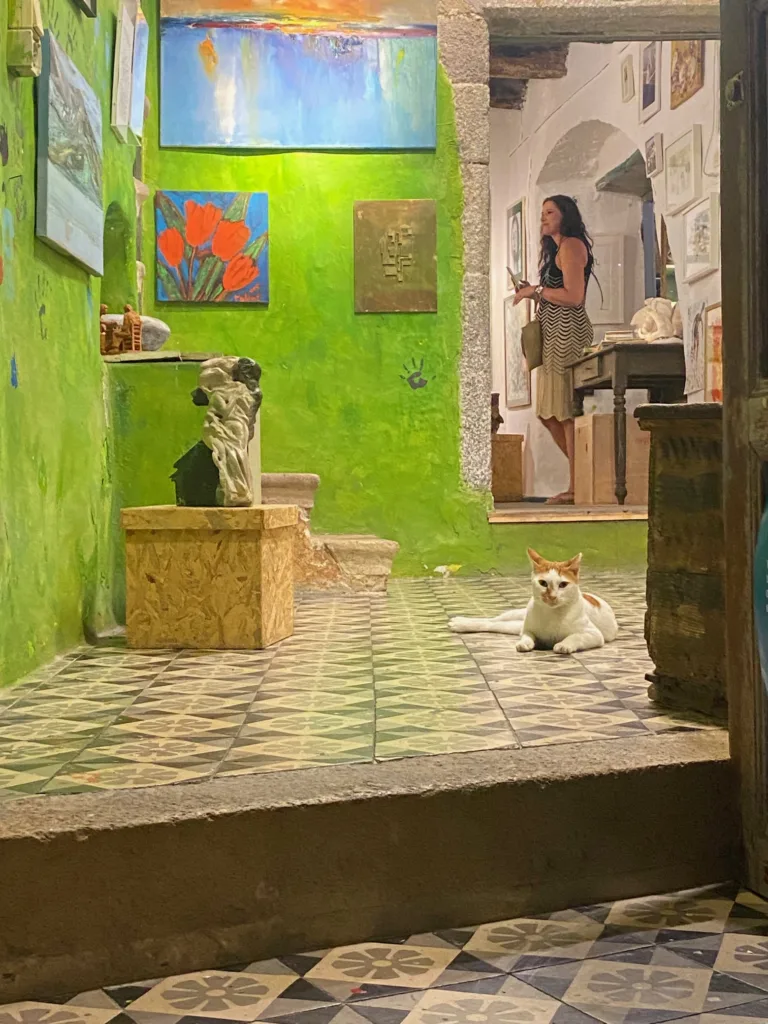
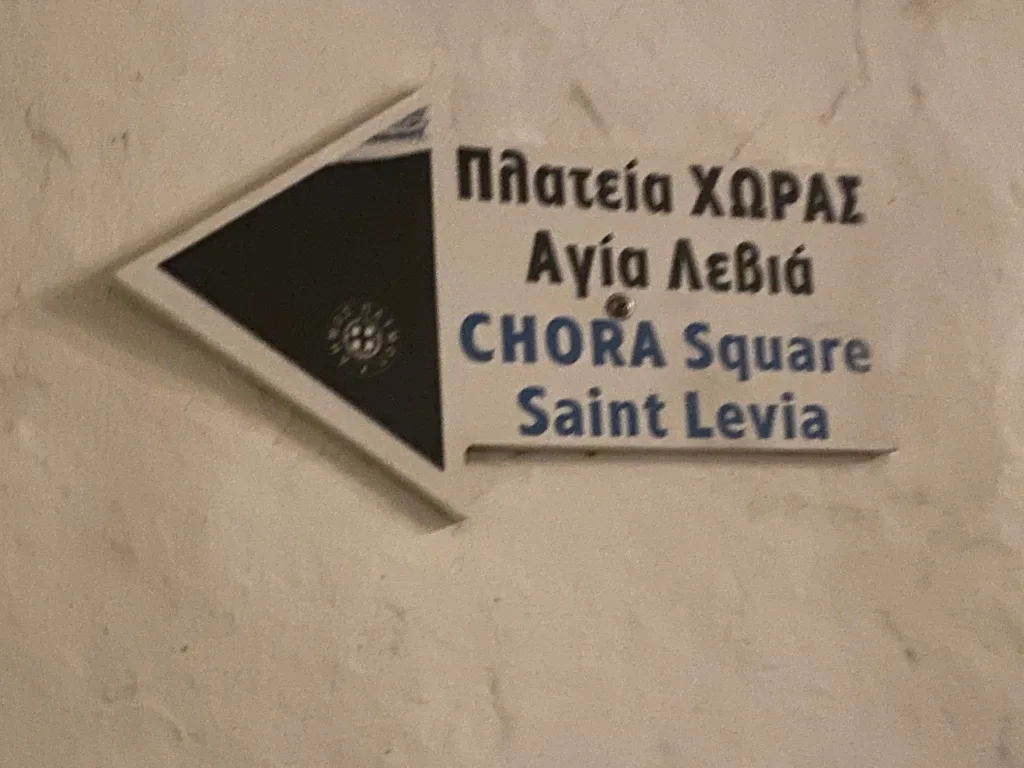
Patmos mini documentary https://www.youtube.com/watch?v=Z5h697iApUc&t=10s
*Billy Cotsis is the author of Aristotle Roberto Carlos Smithopoulos, out now on Amazon
